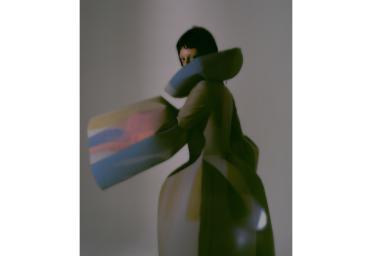Contact
Buyers:
Jorge Moreno Ledesma
Email [email protected]
Collection lines
In the first collection "000", the relationship of time and fashion has been used in the context of elegance and luxury in past eras and their evolution, wanting to translate them to the contemporary era.
One of the things everyone would agree on about time is that there never seems to be enough of it. Whether it's getting ready before leaving the house, going for a walk, or finishing a job, at some point everyone finds themselves short of it.
Time is a precious, finite and essentially non-recyclable resource, hence the continual concern about wasting it.
Time is change. Virginia Woolf describes in her 1928 novel Orlando "The Impact of Time" . The story features a protagonist who is an English duke who has lived for several hundred years, practically without aging, when one day he wakes up as a woman, revealing that he does not live according to the constant, chronological rhythm of time. Orlando challenges the essentially modern ways of thinking of the time. She does not change over time the way she is supposed to, not because of age, but because of her sex, an idea that was not very well received by the readers of the time.
Likewise, a sense of history and the passage of time is reflected in the clothing: a flapper dress quickly transports you to the 1920s, or the miniskirt identifies with the 1960s. This distinct historicity of fashion is a recurring joke in Orlando, as the change in style is what unmistakably alerts you to the simple fact that your times have changed. For example, you can see that the onset of the Victorian era is made apparent by the appearance of rugs and pants fitted below the instep. Realizing that Victorian customs meant that a woman could no longer wear knee-length breeches or certain skirts, Orlando was pressured to recognize that times had changed. In this way fashion makes sure we get the message.
In this way, fashion is defined by novelty, but also by repetition, the constant quoting of previous eras and the recycling of past fashions. After all, styles disallowed by one decade are happily reclaimed in the next, characterizing the postmodern era as the triumph of nostalgia.





